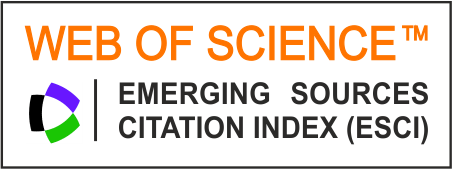Типология моделей правового регулирования налогообложения добавленной стоимости
Ключевые слова:
налоговое право, НДС, правовой механизм, методология налогообложения добавленной стоимости, регулятивная модель НДС, периферийная модель НДС, нейтральная модель НДС
Аннотация
Статья освещает вопросы идеологии правового регулирования налогообложения добавленной стоимости, которые формируют два основных аспекта исследования: выявление глубинной сущности налогообложения добавленной стоимости и определение места российской модели правового механизма НДС в многообразии национальных моделей налогообложения добавленной стоимости. В работе впервые предложена типология правовых механизмов налогообложения добавленной стоимости, в которой на основе анализа международной феноменологии юридического регулирования налогообложения выделены основные модели правового механизма налогообложения добавленной стоимости: западноевропейская модель (регулятивная); восточноевропейская (периферийная); нейтральная (подражательная); группа национальных моделей наиболее крупных государств с ярко выраженными индивидуальными особенностями, каждая из которых приближается к одной из вышеназванных. В выдвинутой классификации главным является вопрос, в какой степени сложившийся правовой механизм НДС соответствует общественным потребностям, сочетающимся с интересами экономической эффективности. Оценка результатов правового регулирования налогообложения добавленной стоимости указывает, что регулятивная западноевропейская модель применяется в условиях современного высокотехнологичного производства в парадигме неразрывного единения материальных и этических структур современного западноевропейского государства, их связанности базовыми политико-правовыми идеями собственности и общего блага. Правовой механизм налогообложения добавленной стоимости, действующий в ограничениях периферийной восточноевропейской модели (к которой можно отнести правовое регулирование НДС в России), становится в итоге инструментом финансово-правового сдерживания стран с реформируемой экономикой, правительства которых увлекаются НДС-обложением. Анализ налогово-правовых воздействий западноевропейской и восточноевропейской моделей свидетельствует, что пока состояние производительных сил не позволяет развивать социальные отрасли хозяйства, переход к активному правовому механизму налогообложения добавленной стоимости вызывает деструктивные экономико-правовые трансформации, сдерживающие развитие страны. Исследование типологии моделей рассматриваемого механизма позволяет сформулировать вывод, что в российских социально-экономических условиях более предпочтительно применение нейтральной модели правового регулирования НДС.Для цитирования: Бачурин Д.Г. Типология моделей правового регулирования налогообложения добавленной стоимости// Право. Журнал Высшей школы экономики. 2020. № 1. С. 75–97. УДК: 34 DOI: 10.17323/2072-8166.2020.1.75.97
Опубликован
2020-03-12
Как цитировать
БачуринД. (2020). Типология моделей правового регулирования налогообложения добавленной стоимости. Право. Журнал Высшей школы экономики, (1), 75-97. https://doi.org/10.17323/2072-8166.2020.1.75.97
Выпуск
Раздел
Российское право: состояние, перспективы, комментарии


















